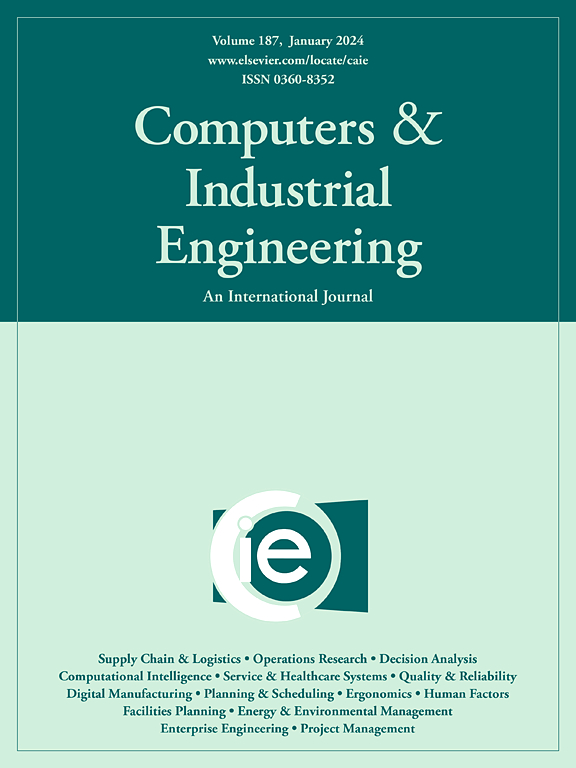Group dynamic game under bounded rationality in agreed transfer of China’s carbon trading secondary market
IF 6.7
1区 工程技术
Q1 COMPUTER SCIENCE, INTERDISCIPLINARY APPLICATIONS
引用次数: 0
Abstract
Carbon emission allowance trading in the secondary market determines both the efficiency of carbon resource allocation and the effectiveness of carbon trading system. To reveal the mechanism of agreed transfer in China’s carbon emission allowance trading, this paper proposes a model of group dynamic game under bounded rationality, which integrates elements of both dynamic game and evolutionary game. It adopts the inverse induction method, using a nested payoff matrix, to recursively solve the game layer-by-layer from the inside out. Theoretical and experimental studies have shown that (1) The stable result is independent of the initial strategy of bounded rationality and depends on the comparative combinations of the profits of both parties in different stages; (2) When the agreed transfer concludes in the first stage, the total benefits of both parties are the largest, and the transaction efficiency is the highest; (3) The seller group achieves maximum gains when the initial bid is not excessively high, the buyer group’s discount factor is low, and the buyer group’s marginal return is substantial; (4) The buyer group can maximize its gains in first stage or second stage. Considering carbon market efficiency, it is advisable for the buyer group to choose the first stage when marginal return is high.
求助全文
约1分钟内获得全文
求助全文
来源期刊

Computers & Industrial Engineering
工程技术-工程:工业
CiteScore
12.70
自引率
12.70%
发文量
794
审稿时长
10.6 months
期刊介绍:
Computers & Industrial Engineering (CAIE) is dedicated to researchers, educators, and practitioners in industrial engineering and related fields. Pioneering the integration of computers in research, education, and practice, industrial engineering has evolved to make computers and electronic communication integral to its domain. CAIE publishes original contributions focusing on the development of novel computerized methodologies to address industrial engineering problems. It also highlights the applications of these methodologies to issues within the broader industrial engineering and associated communities. The journal actively encourages submissions that push the boundaries of fundamental theories and concepts in industrial engineering techniques.
 求助内容:
求助内容: 应助结果提醒方式:
应助结果提醒方式:


